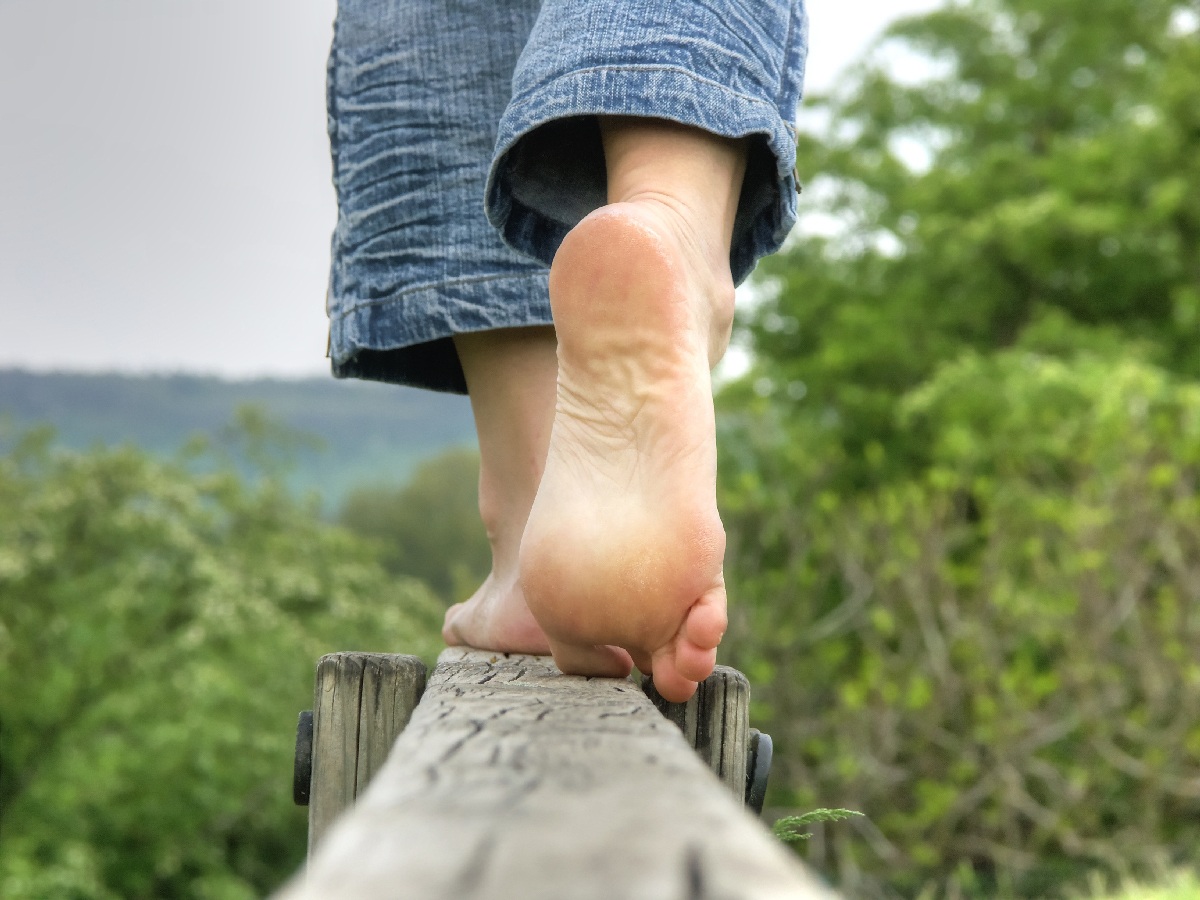Northern California Metatarsaglia Treatment
Metatarsalgia refers to pain and inflammation in the ball of the foot, particularly around the metatarsal heads, which are the bones located at the base of the toes. This condition is often associated with overuse or excessive pressure on the forefoot.
The pain is typically centered under the second, third, and fourth metatarsal heads, although it can affect the first and fifth metatarsals as well.

Symptoms
Patients with metatarsalgia may experience a variety of symptoms, which can vary in intensity. Common symptoms include:
- Pain: The most prominent symptom is pain in the ball of the foot, often described as aching or burning. The pain may be sharp or stabbing and can be aggravated by standing, walking, or running.
- Tenderness: There is tenderness and sensitivity when pressure is applied to the affected area, especially around the metatarsal heads.
- Swelling: Inflammation can lead to swelling in the ball of the foot.
- Discomfort with Movement: Activities that involve pushing off with the toes, such as running or jumping, may exacerbate the pain.
- Feeling of a Pebble or Lump: Some individuals might describe a sensation of having a lump or a small pebble in their shoe, even when there is none.
- Worsening Pain with Certain Shoes: Discomfort may increase with shoes that lack proper support or have a narrow toe box.
Early intervention and lifestyle adjustments can often alleviate symptoms and prevent the condition from worsening.
Causes
There are multiple different causes for metatarsalgia as it is more of a descriptive term than a specific diagnosis. Metatarsalgia can be caused by:
- Foot structure: Abnormal foot shapes or arches can contribute.
- Foot deformities: Bunions, hammertoes, or other deformities can lead to increased pressure on the metatarsals.
- Footwear: Wearing ill-fitting shoes or those with insufficient cushioning.
- Overuse or high-impact activities: Excessive running or jumping.
- Age: The natural fat pad on the foot may thin with age, reducing its ability to absorb shock.
Non-surgical Treatment
The majority of cases of metatarsalgia can be managed with supportive shoe wear and padding/inserts. Other non-surgical treatments include:
- Rest and Ice: Resting the foot and applying ice can help reduce inflammation.
- Footwear Modification: Choose shoes with proper arch support and cushioning.
- Orthotics: Custom or over-the-counter shoe inserts to provide additional support.
- Padding: Metatarsal pads or cushions can help redistribute pressure. In cases of fat pad atrophy, padded insoles may be the only solution.
- Physical Therapy: Stretching and strengthening exercises for the foot muscles.
- Medication: Nonsteroidal anti-inflammatory drugs (NSAIDs) may help manage pain and inflammation.
Surgical Treatment
“Occasionally there can be structural problems causing the metatarsalgia which need to be addressed surgically,” says GSOS foot & ankle specialist Dr Joseph Kou.
Surgery is considered when conservative measures are unsuccessful. Surgical options may include:
- Metatarsal Osteotomy: The surgical cutting and realignment of the metatarsal bone.
- Ligament and Tendon Repair: To address imbalances and correct deformities.
- Joint Fusion: Joining two bones to reduce pain and improve stability.
Prevention
- Proper Footwear: Wear shoes that fit well and provide proper support and cushioning.
- Orthotic Devices: Consider using orthotic inserts to support the arch and distribute pressure evenly.
- Gradual Increase in Activity: Avoid sudden increases in high-impact activities.
- Maintain a Healthy Weight: Excess weight can contribute to metatarsalgia.
“Diagnosing metatarsalgia is important but it’s beneficial to have a thorough evaluation to see what the originating cause is (many times it’s not that obvious) and then to fix that problem,” says GSOS foot & ankle specialist Dr Murali Moorthy.
